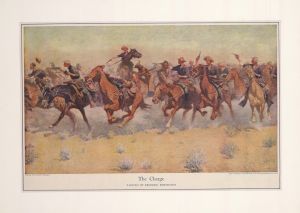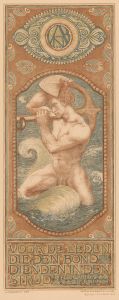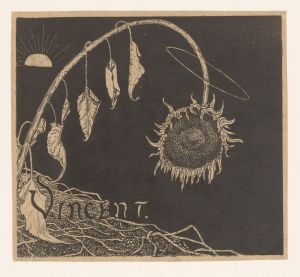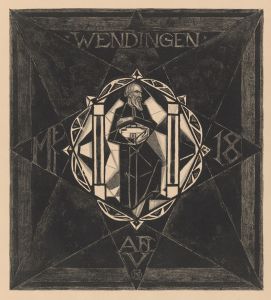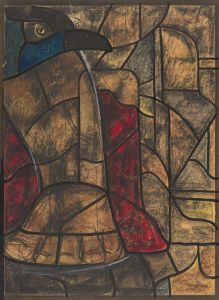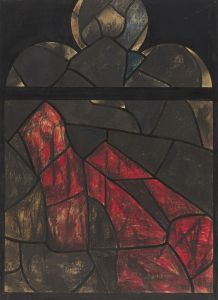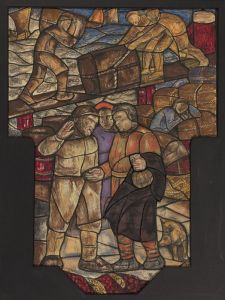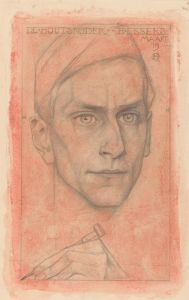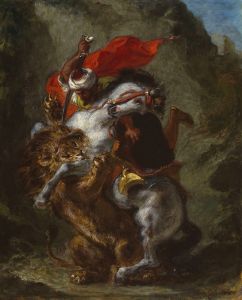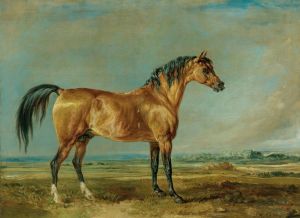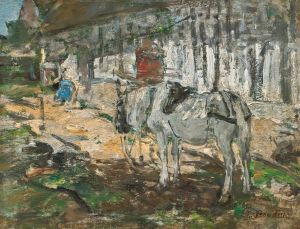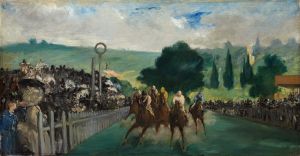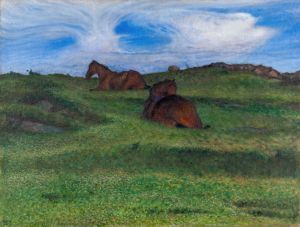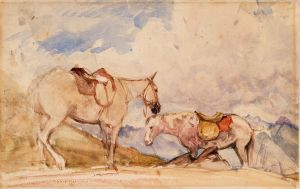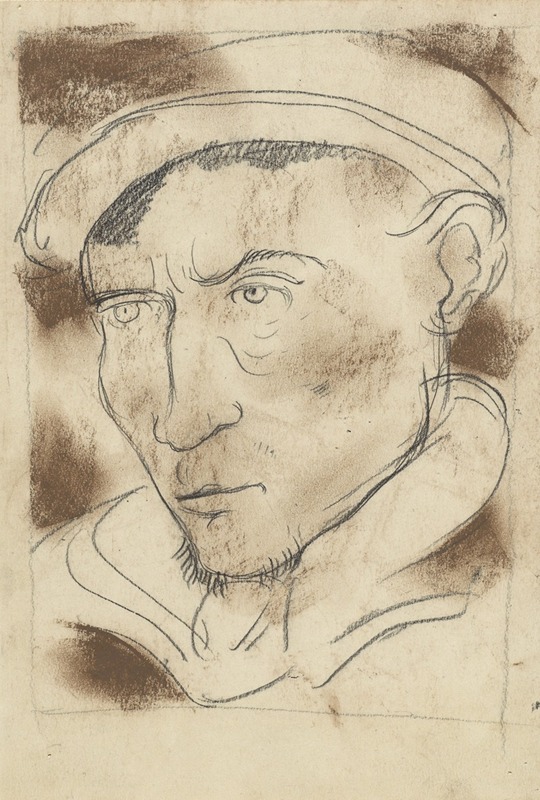
De Hengstenleider
A hand-painted replica of Richard Nicolaüs Roland Holst’s masterpiece De Hengstenleider, meticulously crafted by professional artists to capture the true essence of the original. Each piece is created with museum-quality canvas and rare mineral pigments, carefully painted by experienced artists with delicate brushstrokes and rich, layered colors to perfectly recreate the texture of the original artwork. Unlike machine-printed reproductions, this hand-painted version brings the painting to life, infused with the artist’s emotions and skill in every stroke. Whether for personal collection or home decoration, it instantly elevates the artistic atmosphere of any space.
Richard Nicolaüs Roland Holst was a prominent Dutch artist known for his contributions to the Symbolist movement in the late 19th and early 20th centuries. One of his notable works is "De Hengstenleider" (The Stallion Leader), which exemplifies his unique style and thematic focus. Roland Holst was born on December 4, 1868, in Amsterdam, and he became a significant figure in Dutch art, not only for his paintings but also for his work as a designer and illustrator.
"De Hengstenleider" is a painting that reflects Roland Holst's interest in symbolism and his ability to convey complex themes through his art. The painting depicts a scene involving a figure leading a stallion, which can be interpreted as a representation of control, power, and the relationship between humans and nature. The use of a stallion, a powerful and dynamic animal, suggests themes of strength and leadership, which were common in Symbolist art.
Roland Holst was influenced by various art movements and styles throughout his career. He was associated with the Amsterdamse Joffers, a group of artists who were part of the larger Amsterdam Impressionism movement. However, his work often diverged from pure Impressionism, incorporating elements of Symbolism and Art Nouveau. His style is characterized by a focus on line, form, and the use of muted colors, which can be seen in "De Hengstenleider."
The Symbolist movement, which emerged in the late 19th century, sought to express ideas and emotions through symbolic imagery and themes. Artists like Roland Holst used their work to explore philosophical and spiritual concepts, often drawing on mythology and literature for inspiration. "De Hengstenleider" fits within this context, as it uses the imagery of the stallion and its leader to evoke deeper meanings and invite viewers to contemplate the relationship between humanity and the natural world.
Roland Holst was not only a painter but also an influential teacher and writer. He served as a professor at the Rijksakademie van Beeldende Kunsten in Amsterdam, where he mentored many young artists. His writings on art and aesthetics further contributed to his reputation as a leading figure in Dutch art. Throughout his career, he received numerous accolades and was recognized for his contributions to the arts.
In addition to his paintings, Roland Holst was known for his work in other mediums, including stained glass and book illustrations. His versatility as an artist allowed him to explore various forms of artistic expression, and his work remains influential in the study of Dutch art history.
"De Hengstenleider" is a testament to Roland Holst's skill as an artist and his ability to convey complex themes through his work. While specific details about the painting's creation and current location may not be widely documented, it remains an important part of his oeuvre and a reflection of his artistic vision. Roland Holst's legacy continues to be celebrated in the Netherlands and beyond, as his work captures the spirit of an era and the enduring power of Symbolist art.





